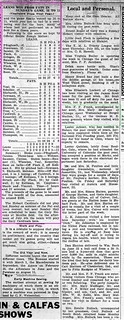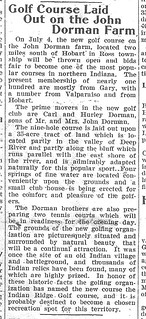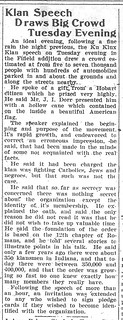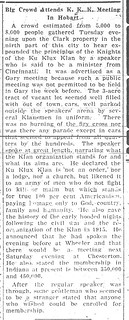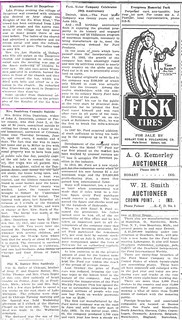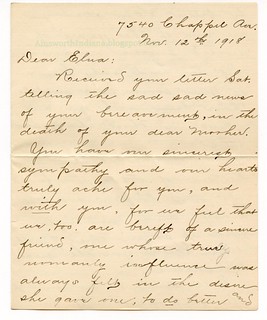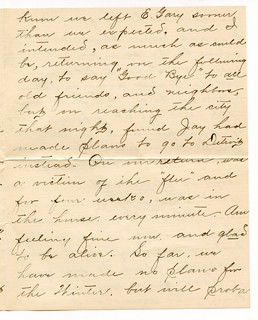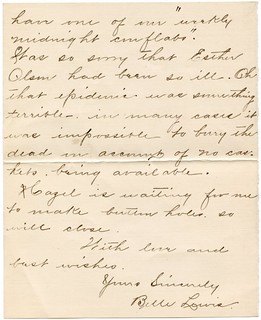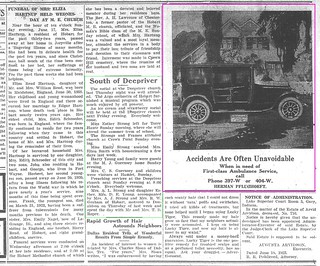Circa 1910, and 2018
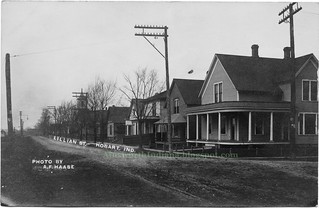 (Click on images to enlarge)
(Click on images to enlarge)
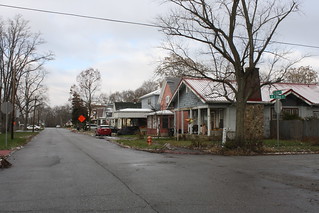
We are standing at the intersection of Lillian and Ohio Streets, looking northwest toward S.R. 51.
The photo is by August Haase, so we know it was taken between 1902 and 1913. Accord to the county records, the house now standing at the corner in the foreground was built in 1909 (all the structures beyond it in that block were built in the late 19th century). Is the 2018 house the 1909 house after a century of remodeling? It looks possible.
Here's the verso of the postcard:
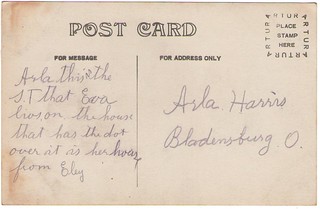
The stamp box style, according to
playle.com, dates between 1908 and 1924.
All things considered, I'm going to estimate this photo at circa 1910, give or take a couple of years.
The writer tells us that the dot over the second house from the corner shows us where "Eva" lived. But who was Eva? The
1910 Census shows two Evas on Lillian Street.
One was Eva (Kitchen) Bowen, wife of William Boyd Owen, Jr., brickyard superintendent. I have been told that the "Owen house" is on Lillian north of S.R. 51 … but were all the Owens confined to that area?
The other was Eva (Darling) Miller, who was born circa 1887 in Ohio (hence, maybe, the Ohio connection with the postcard's addressee?). By the
1900 Census her family had moved to Kosciusko County, Indiana, where in 1906 she married Jesse Miller. By 1910 the young couple were living in Hobart, but the
1920 Census records them back in Kosciusko County.
It could be either, as far as I know, but I have a feeling it was Eva Miller.
